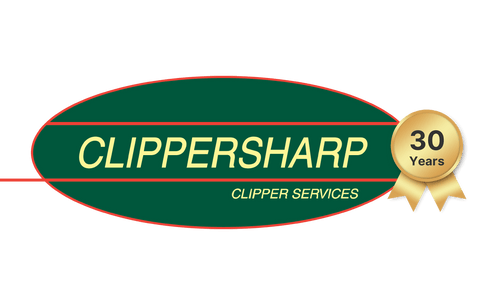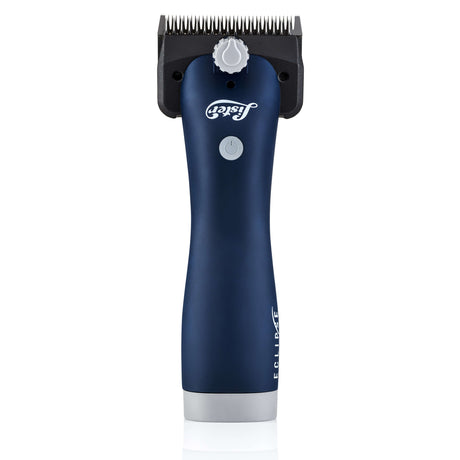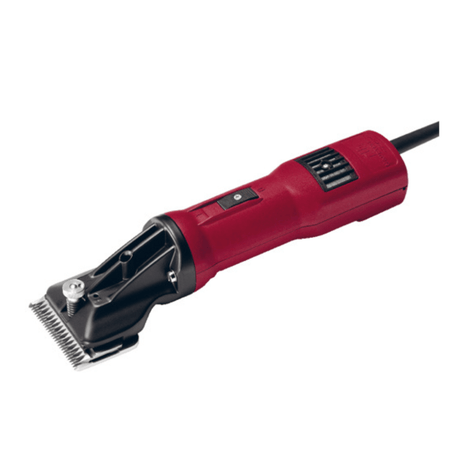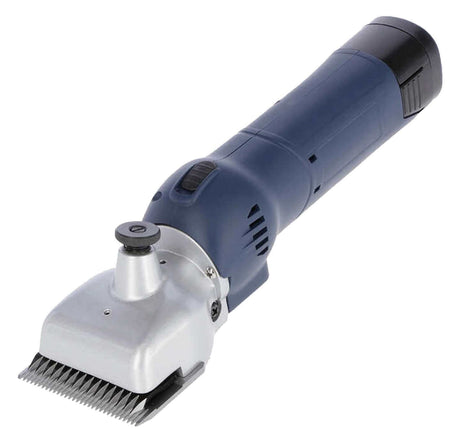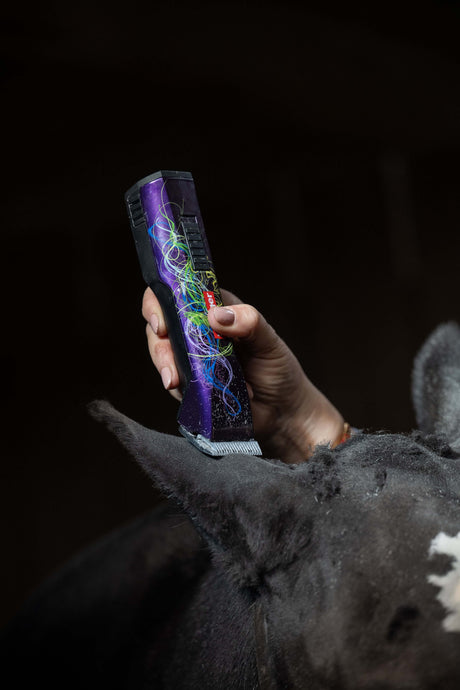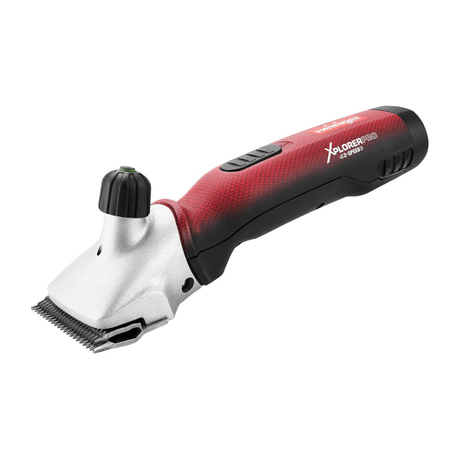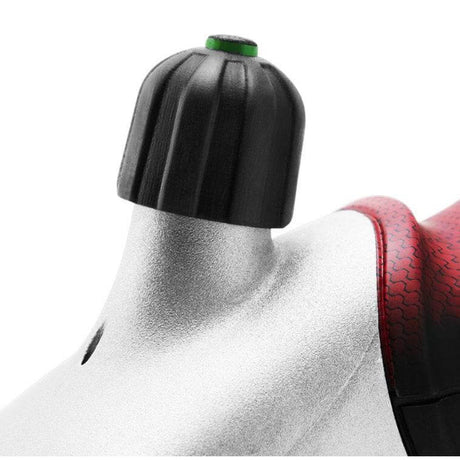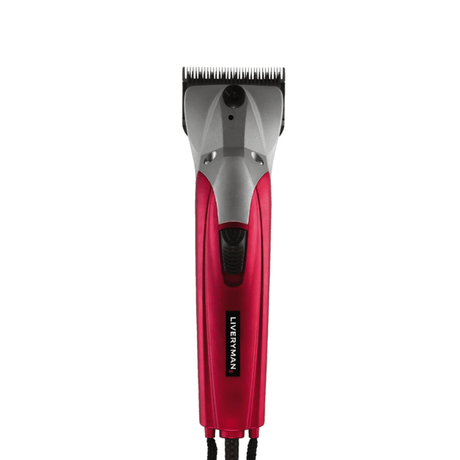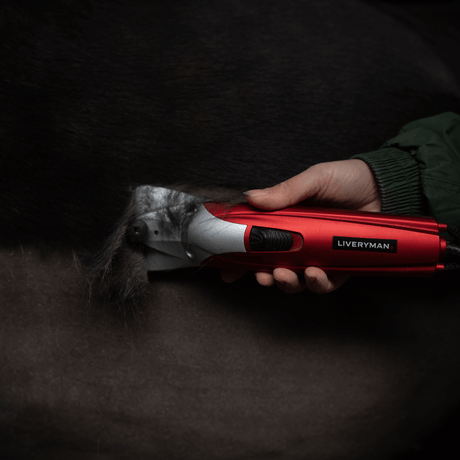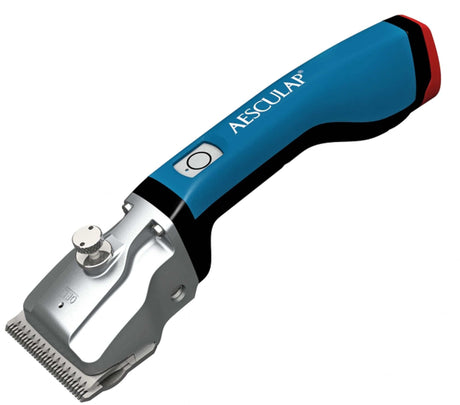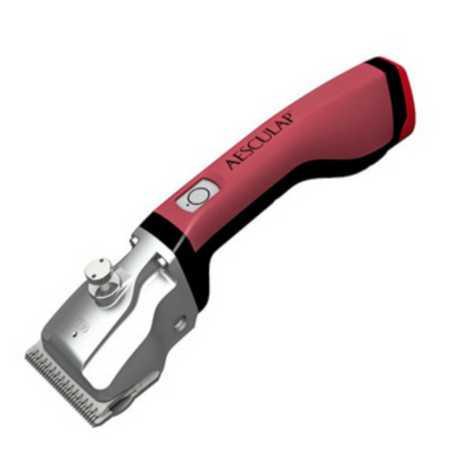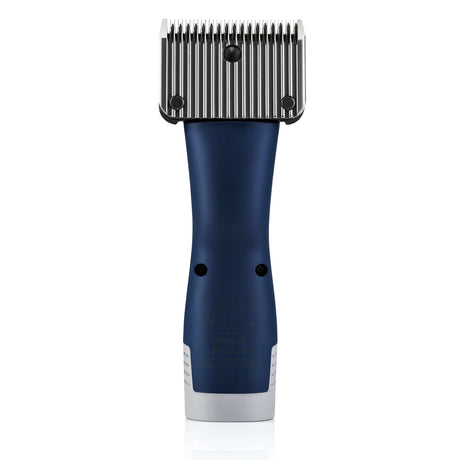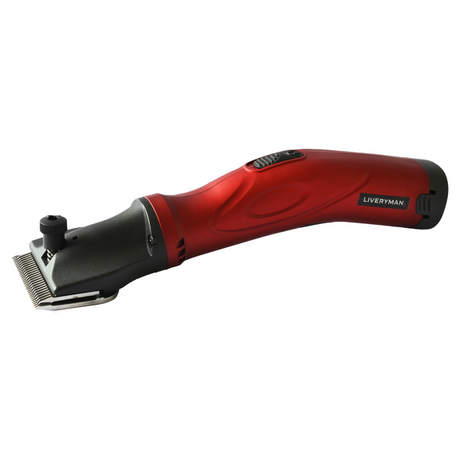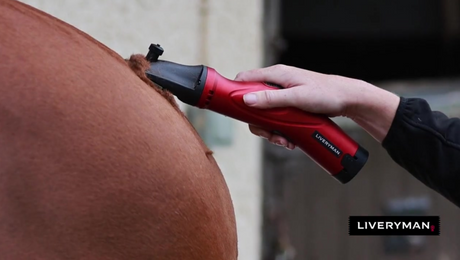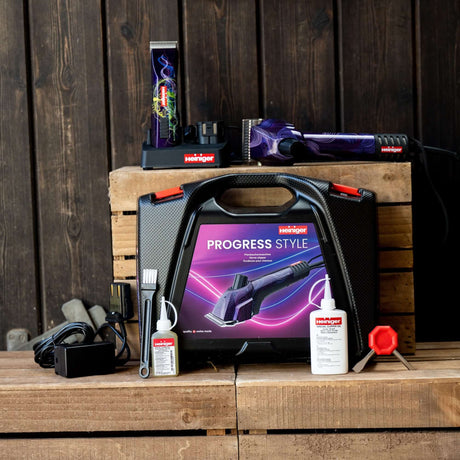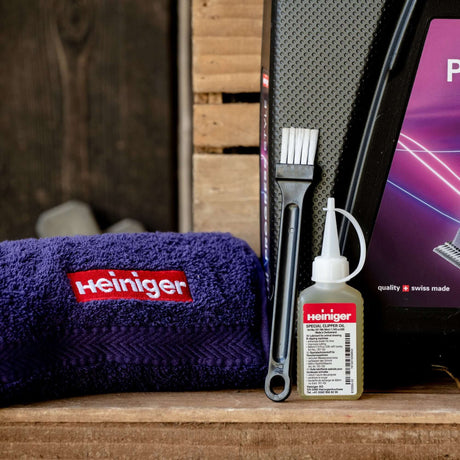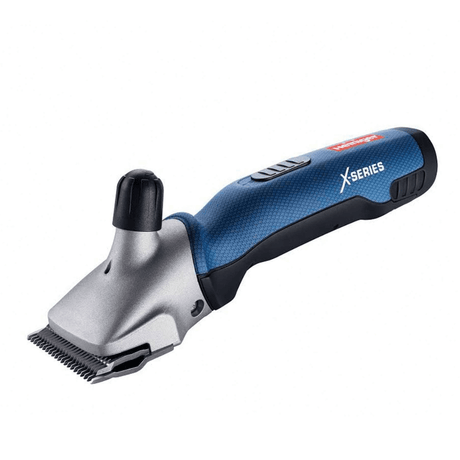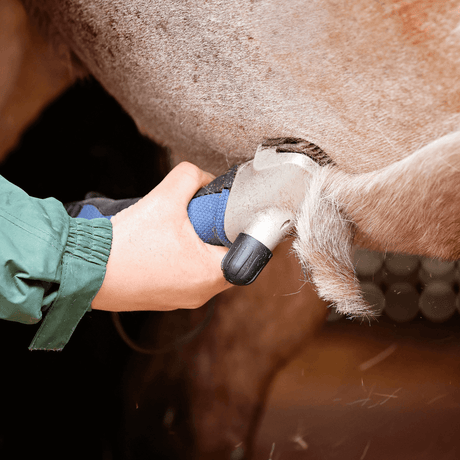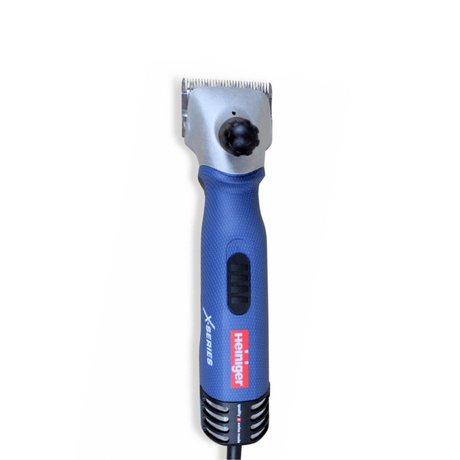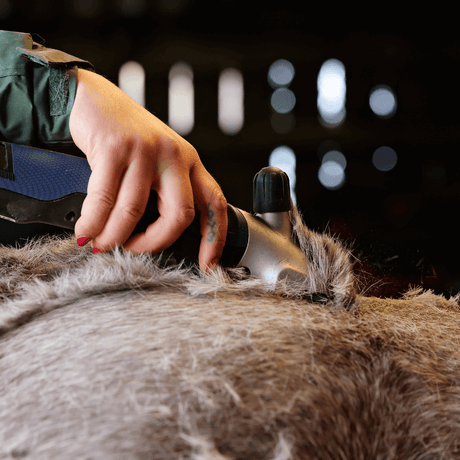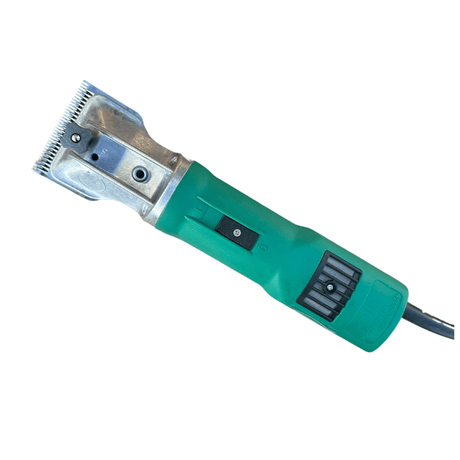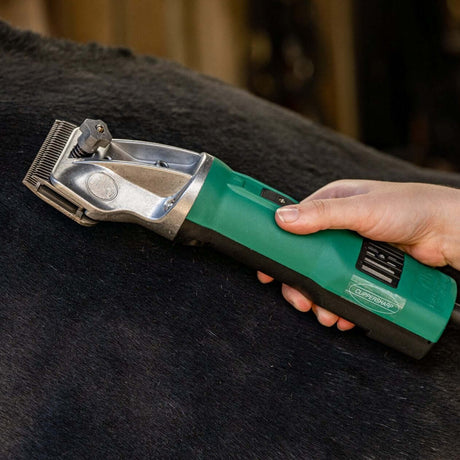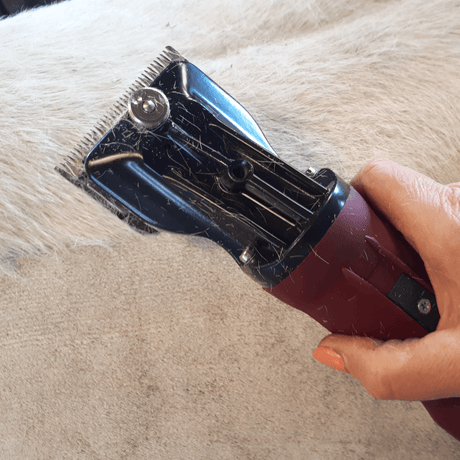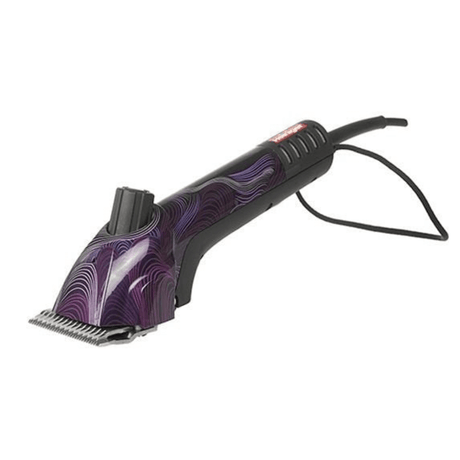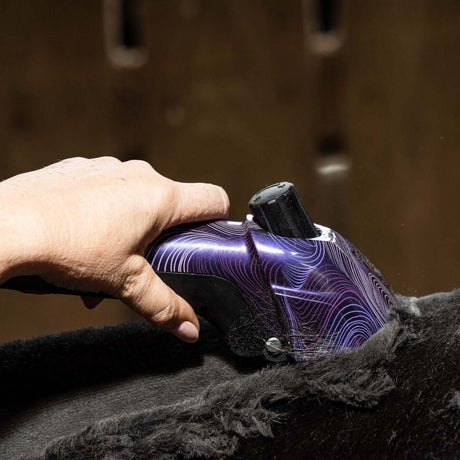Top Tips To Choose The Right Clipper And Blades
- Re-chargeable trimmers and clippers are the safest and most versatile to use. They can be used in any situation and ideal around fidgety animals.
- A short-bodied clipper is a good choice when clipping around heels and legs and makes it so much easier to manoeuvre near to the ground when clipping and trimming.
- Blades and grades. Different grades will help with getting a good finish. Having a variety to choose from will help as the coat density will vary depending on time of year and the finish required and whether the horse has a light/white coat.
- Coarse blades will get through thick greasy coats but will leave a rough finish. If clipping regularly, medium blades are preferable and will easily cope with clipping coat, legs and hog. A medium blade clips to around 2mm and is a good choice for most conditions and is advisable for greys and pink skins.
- The Lister Covercote blade is designed to skim and is perfect for using on cobs in the summer, to remove the thicker summer coat but still maintain the original colour of the coat.
- Trimmers with an adjustable blade height are ideal for dealing with varying densities when trimming and are good for blending into areas that have been clipped with a larger blade.
Top Tips When Trimming Your Cob Or Heavy Horse
Keeping legs and heels trimmed can be quick and easy on some types and less so on others, especially the hairy ones. The majority of cobs and heavy horses can be maintained on a monthly basis throughout the year and require minimal upkeep. A good trimmer with a built-in blade adjustment is the best option for getting a smooth, defined finish and will easily cope with this type of hair. A quick run down the back of the leg going with the hair will just trim off the fluffiness in the winter and take any excess hairs off in the summer to keep a good neat profile. Clipping heels is often easier going in an upwards direction from the bulbs of the heels following the curved profile under the pastern and blending into the fetlock area by using less pressure to finish.
Trimming around the coronet band can make all the difference too, removing a few straggly hairs will give a smooth defined line, and in the winter will give back a summer looking finish. This can be done using trimmers and clipping at a slight angle to then blend into the rest of leg hair above the line of the coronet. Attention to detail in getting a sharp look can really add to the quality of the animal if done carefully.
Why Do You Need To Clip Your Cob?
For cobs and heavy horses, the clipping of legs can be a huge relief. The dense leg hair can encourage mites and other skin biting insects, which in turn leads to various skin infections. These are then very hard to treat and heal when there is a thick covering of hair. By keeping these areas clipped back to the skin, this then allows the skin to be treated, with most skin conditions being relieved effectively. When there has been severe itching and soreness, it can be very difficult to clip the legs, and for this we then turn to a light duty clipper or a powerful horse trimmer. A light duty horse clipper has minimal vibration, making it more manageable for the horse and easier for the horse owner. If the hair is dense but fine, a set of horse trimmers may also be possible to use in this area. Most of the trimmers have some flexibility on blade length which makes it possible to get through the thicker hair. Light Duty Horse Clippers take a snap on blade system, widely known as the A5 blade system, and are used widely within the equestrian, dog grooming and veterinary industry due to the many grades of blades that are available. This is particularly useful when you may require two or three grades of blade to clip one horse. For example, clipping the bulk of the body could be done with a medium blade and for clipping the thicker, coarser feathered areas, a coarser blade may be more suitable.
Clipping Cobs for Showing
With traditional and natives, for showing correctness, breed societies relating to these types will stipulate that no clipping and trimming can be carried out to alter their natural appearance. However, some heavier breeds that are going to be shown as show cobs or maxi cobs will be expected to be clipped out, including legs and manes. We have lots of videos and information on clipping for showing in our blog.
